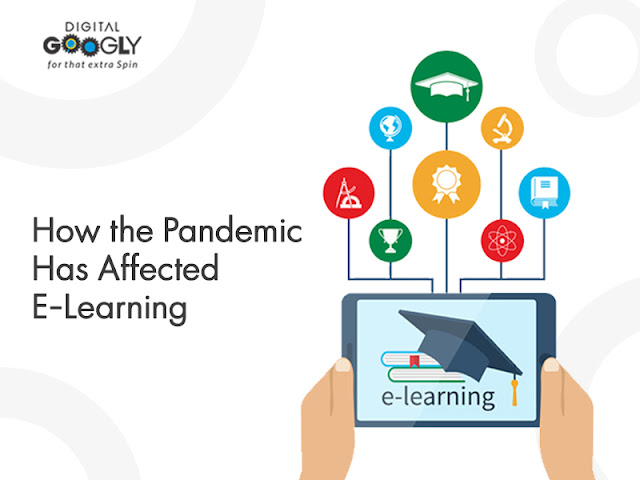Many of us have adjusted or shifted our jobs and lives as a result of the COVID-19 pandemic. While some of these transformations are likely to be temporary (for example, the need for social distancing), many of them, such as the shift to remote working and learning, are likely to be permanent. The pandemic has had a tremendous impact on eLearning, as it has on all industries, not just on the customers and businesses that use it, but also on the platforms and content providers ofeducational apps.
We'll look at how the COVID-19 has changed eLearning for
stakeholders across the sector in this blog.
Consumers of eLearning
Individuals
When it comes to the changes that the epidemic has brought about in
people's lives, the most important factor has to be time. COVID-19 meant
numerous hours spent indoors, with little to occupy our time other than
television shows and social media. As the weeks passed, those who were more
intellectually engaged yearned for new ways to fill the void left by the
pandemic, resulting in a surge in demand for online educational content.
Educational Institutes
As the COVID-19 pandemic spread, more than one billion students were
forced to move from in-person to online instruction virtually overnight.
Teachers had to learn how to present their course information remotely on the
move, and a global battle for successful instruction in this new, unusual
teaching setting erupted. Many educational institutions sought the assistance
of eLearning providers to help them overcome many of their issues, as eLearning
is easier to maintain and regarded more engaging than many of the ad-hoc
solutions that were initially used.
Businesses
COVID-19 ushered in an unprecedented transition to remote working for organizations,
posing a number of difficulties and concerns in terms of company continuity.
After all, how can critical training be delivered if employees are unable to
attend workshops or conferences in person? And, maybe more crucially, how do
you engage, align, and empower your employees despite the global
epidemiological situation's uncertainty? For many, eLearning was the answer,
and organizations have invested more than ever in online learning systems.
Content Creators
Telecommuting was widespread for professionals in charge of developing
eLearning content long before the global pandemic, and it's no secret that the
industry as a whole relies largely on distant contributors. However, these
creators have had substantial hurdles in terms of how they develop new visual content, and have, in many
cases, failed to capture any video outside of their homes due to physical
limits on movement. These content creators, like many remote employees,
encountered burnout issues as a result of COVID-19, which forced majority
of the overall workforce to work for extra hours.
A Unique E-Learning Landscape after
COVID
While the eLearning sector held up well in the face of COVID-19, there
were still significant changes in the way the content agencies for e-learning apps as a whole operates, with both
positive and negative consequences that, in many cases, are here to stay. The
COVID-19 epidemic has forever impacted the eLearning landscape, from the surge
in demand caused by individuals migrating to remote working and embracing
online learning for the first time, to the opportunity for e-learning platforms
and content developers to innovate and evolve.
Subscribe by Email
Follow Updates Articles from This Blog via Email


No Comments